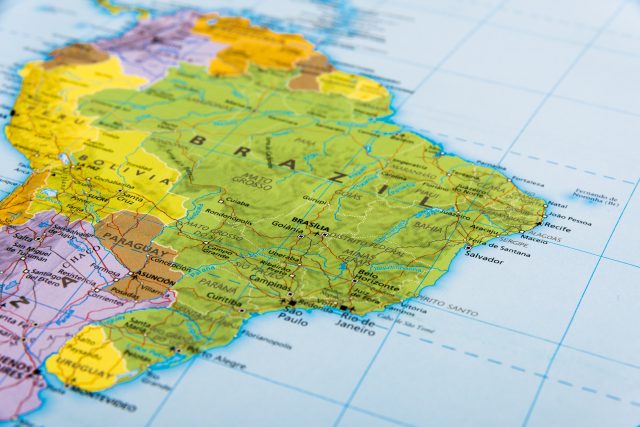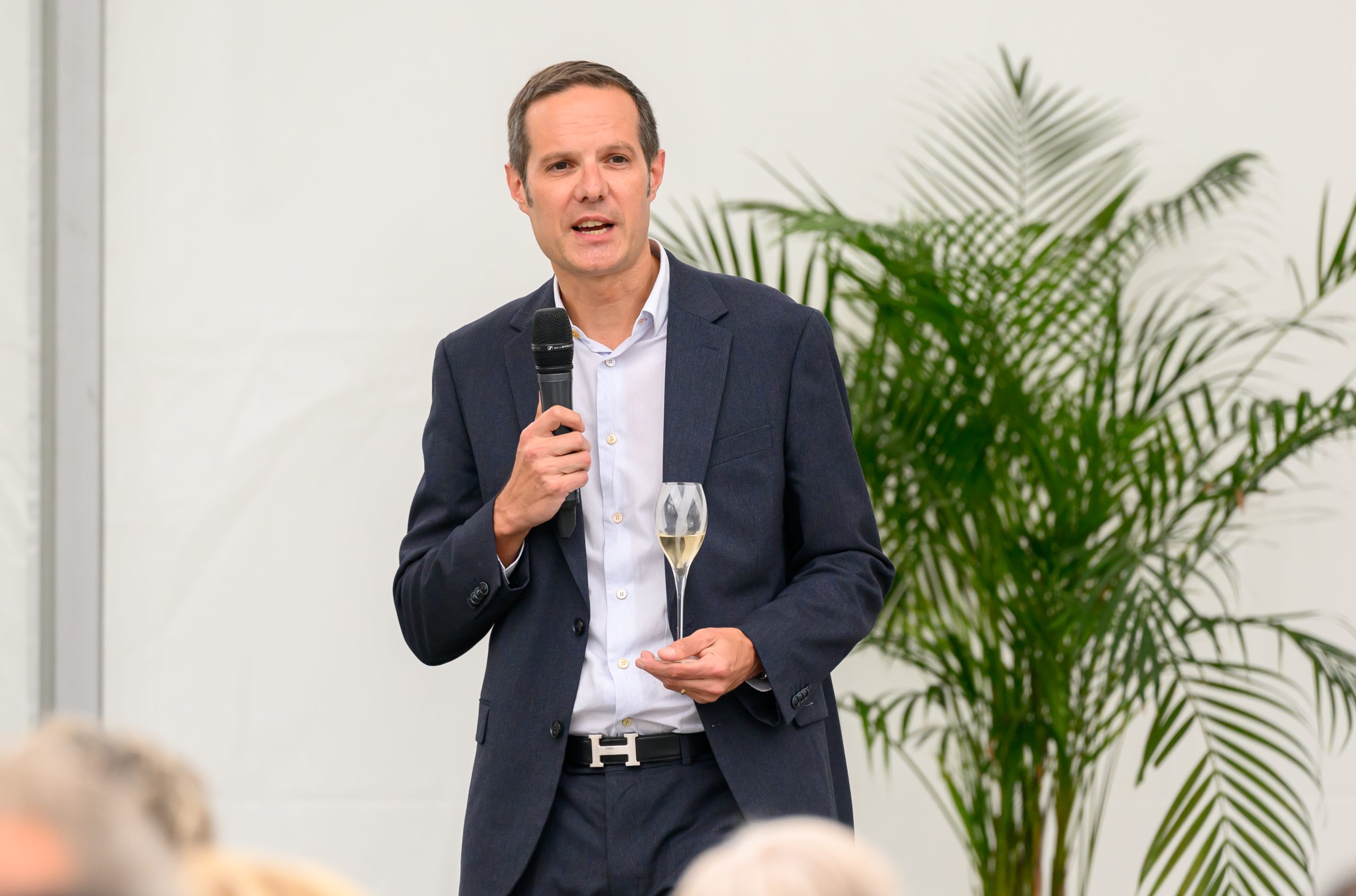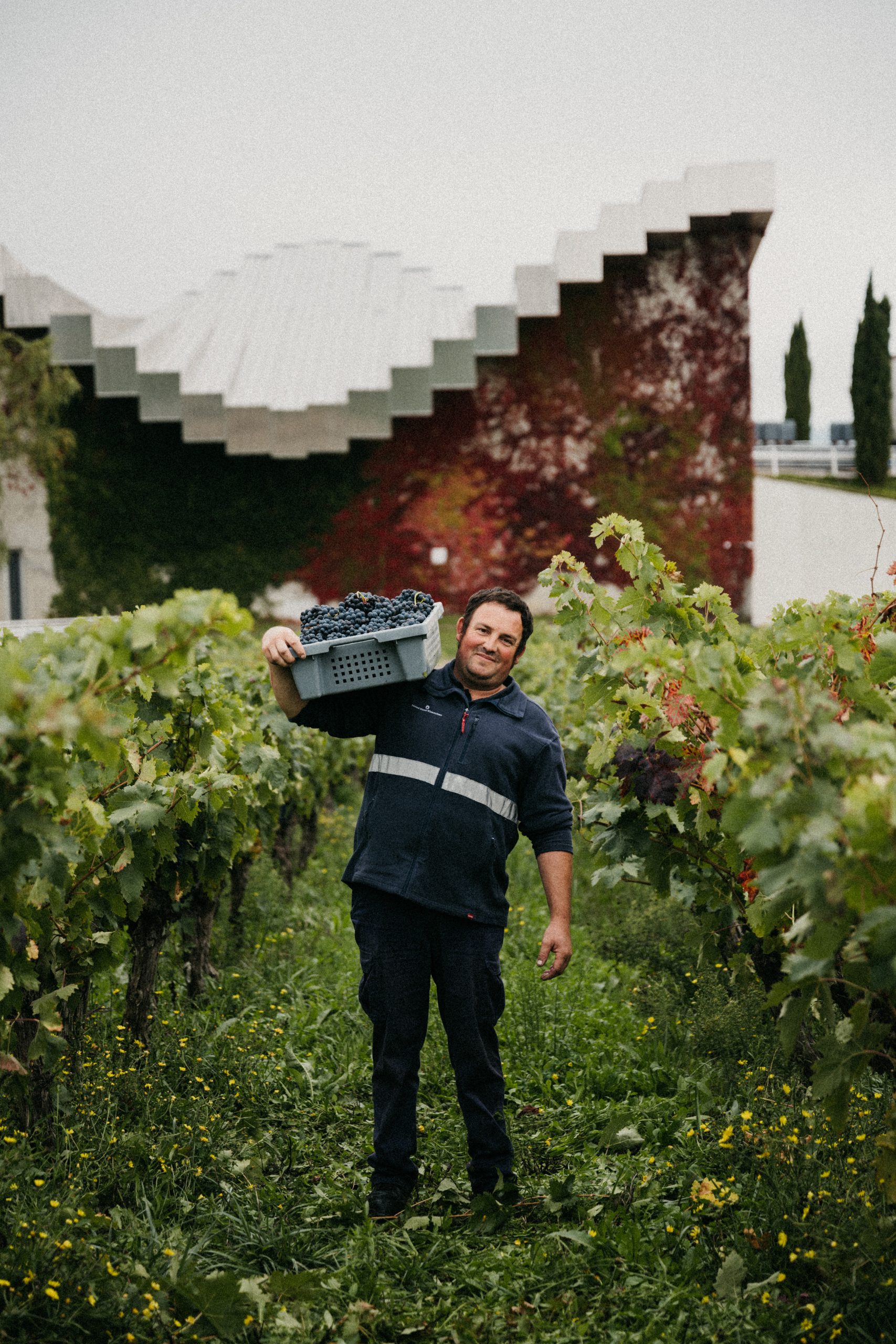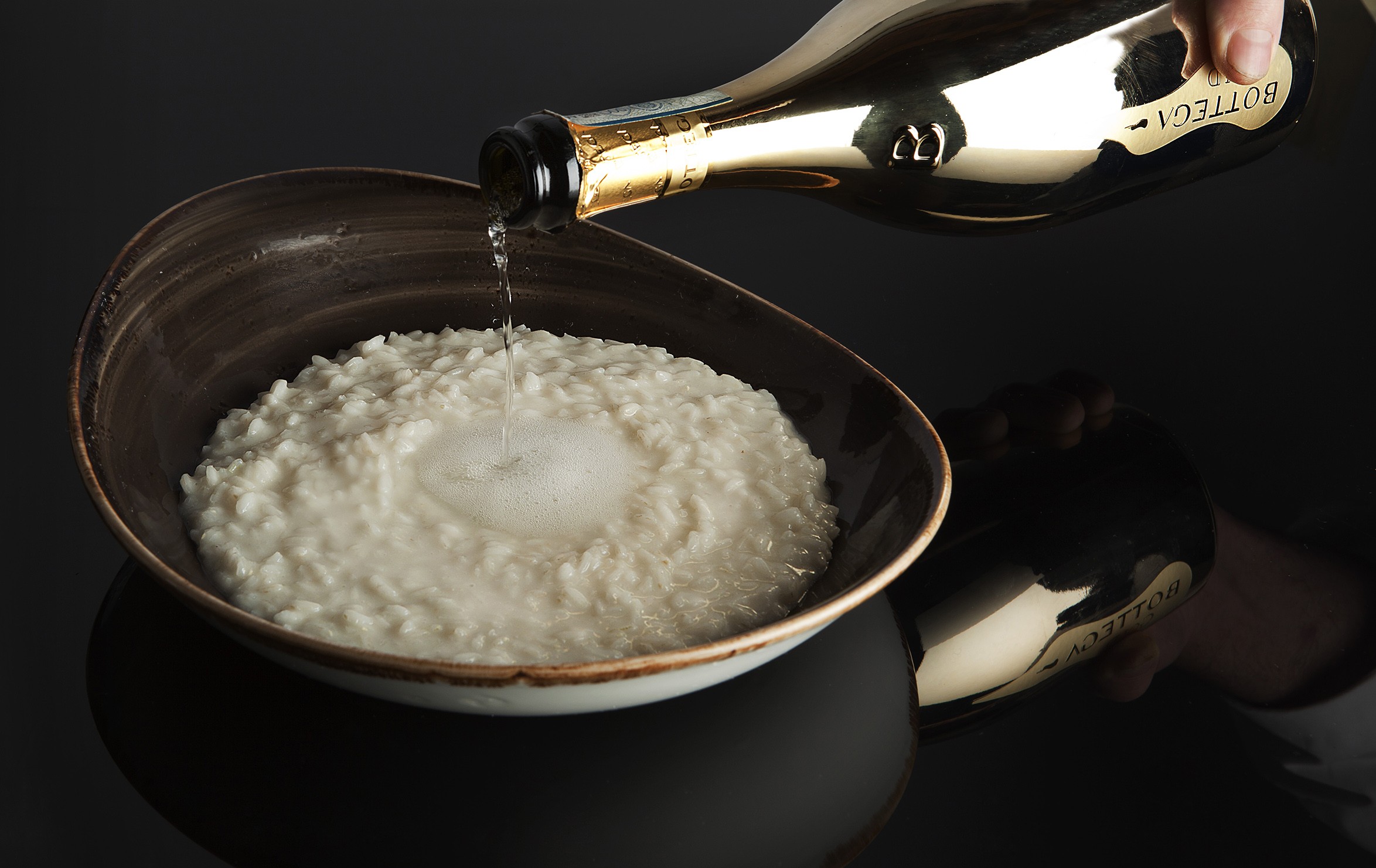Diageo boss calls tanking Latin America sales ‘an isolated issue’
Following sales falling through the floor in Latin America, Diageo’s CEO says the company will be cushioned by the “600 million new legal purchase-age consumers” that are expected to enter the market by 2030.

Debra Crew, Diageo’s chief executive, told analysts and investment managers in New York last week, that it is “difficult to predict” how quickly the company could redress what she labelled “the disruption” in the Latin American market.
But less than a week after the surprise profits warning, which triggered a 16% slump in Diageo’s share price, the former US army intelligence officer came out fighting, saying that the excess inventory, consumer downtrading and reluctance to spend shown in Latin America and the Caribbean was “an isolated issue.”
Diageo, Crew said, had “limited visibility into inventory levels among retailers and wholesalers in the region” but that it has “robust retail activity scheduled over the holiday period.”
She then moved onto the front foot to lay out why Diageo was firmly on what she called the right “long-term growth strategy for the business”.
Despite evidence in both North and South America that inflation is hitting the consumer, Crew said “sentiment relative to our industry is improving.”
She quoted surveys showing that globally “89% of people say that socialising is more important to them than before, 76% say they will not change what they spend on the things they love, and 88% say they want new experiences to make them laugh and smile”.
She revealed that Diageo’s own quarterly monitor of consumer confidence is improving and that “the desire to increase spending on alcohol and premium alcohol has gone up by over 12 percentage points from a low point in February 2022.”
Strong value and reliable growth
The market for Total Beverage Alcohol (TBA) is now worth almost US$1 trillion and will, says Crew, continue its long-term pattern of “strong value and reliable volume growth”.
Diageo is the biggest player in the international spirits market which over the past five years has grown at an annual compound rate of 6%. That is 1.4 times faster than the total TBA market, and Diageo expects international spirits retail sales to grow by 5% a year, continuing to outstrip the global market for all alcohols.
Despite the hit to the business in Latin America, the other four regions that make up 90% of Diageo’s global business are continuing to grow.
North America is showing “sequential improvement” while Africa, Europe and Asia Pacific “continue to be strong”.
She did, however, point to growing uncertainty in the Middle East, where some trading has ceased because of the conflict in Gaza.
After the Covid chaos, the spirits sector, the fastest growing part of TBA, is back to growing by “nearly mid-single digit”, in the US, which generates 40% of turnover and the biggest margins, bringing it near to the 4% to 6% annual growth rate seen before the pandemic.
Over the past 10 years, Crew said, Premium and Above spirits had grown from 25% of the spirits market to almost 35% today, with Super Premium plus spirits growing at twice the rate of other price tiers.
A big plus, she believes, is that Diageo has “an advantaged portfolio that has the broadest range of regions, categories and price tiers”.
It is the leader in retail sales of international spirits, being 1.4 times bigger than its nearest competitor [Pernod Ricard] and “we are bigger than four of our top 10 competitors combined”.
It is the biggest seller of total whiskey, Scotch, vodka, rum, Tequila and gin.
Partner Content
Crew, who earlier this year said she wants to “bring Tequila to the world” as part of widening the geographic penetration of the portfolio, said: “With such a broad portfolio I have the confidence that we can pivot quickly to changing consumer trends wherever they occur.”
Since 2017, takeovers and disposals plus innovation and brand investment had enabled continued premiumisation, which would continue.
“In developed markets Premium and above products now account for more than 70% of our NSV.”
She implied that the very growth in global population and the spread of wealth was playing into Diageo’s hands.
“We expect 600 million new legal purchase-age (LPA) consumers to enter the market by 2030 and India is expected to account for a quarter of LPA growth.”
With alcohol accounting for just 1% of total consumer spending today, the growth of wealth, especially in the burgeoning middle classes “should further contribute to industry growth”.
In India and Latin America, the middle classes are approaching 600 million people and growing. By 2030 India alone will have 700 million people in the category, creating stronger demand for premium products as wealth spreads.
In the past two years Diageo has doubled the net sales value of its Scotch portfolio in India, with premium and luxury lines contributing 31% of total net sales compared with 19% four years ago. In that time it has introduced an extra 10 million consumers to Scotch, where it claims it now has half the total market.
Last year Diageo accounted for 4.7% of the Total Beverage Alcohol market and has the target of increasing that to 6% by 2030. As the market itself will be expanding, Crew calculates that this will mean adding “almost 30 billion new serves globally” to Diageo’s sales.
“Despite short-term volatility and formidable competition, we are confident about achieving that vision”, she said.
That would be based on four strategies: Continuing to grow the largest categories such as Scotch, Tequila, vodka and rum; unleashing the power of the portfolio and expanding Diageo’s global footprint; capitalising on “our superior innovation capabilities” to win new consumers; and driving further productivity.
Yet despite Crew’s bullishness, the share price has improved only slightly since this month’s profits warning.
While some brokers believe that it will not rise far above its 52-week low until Crew can point to material recovery in Latin America (she has promised an update early in 2024), others suggest that the present depressed level represents a strong opportunity to buy in anticipation of recovery.
Related news
The most interesting conversations db had in 2025
Karuizawa Distillers aspires to be major Japanese whisky player




